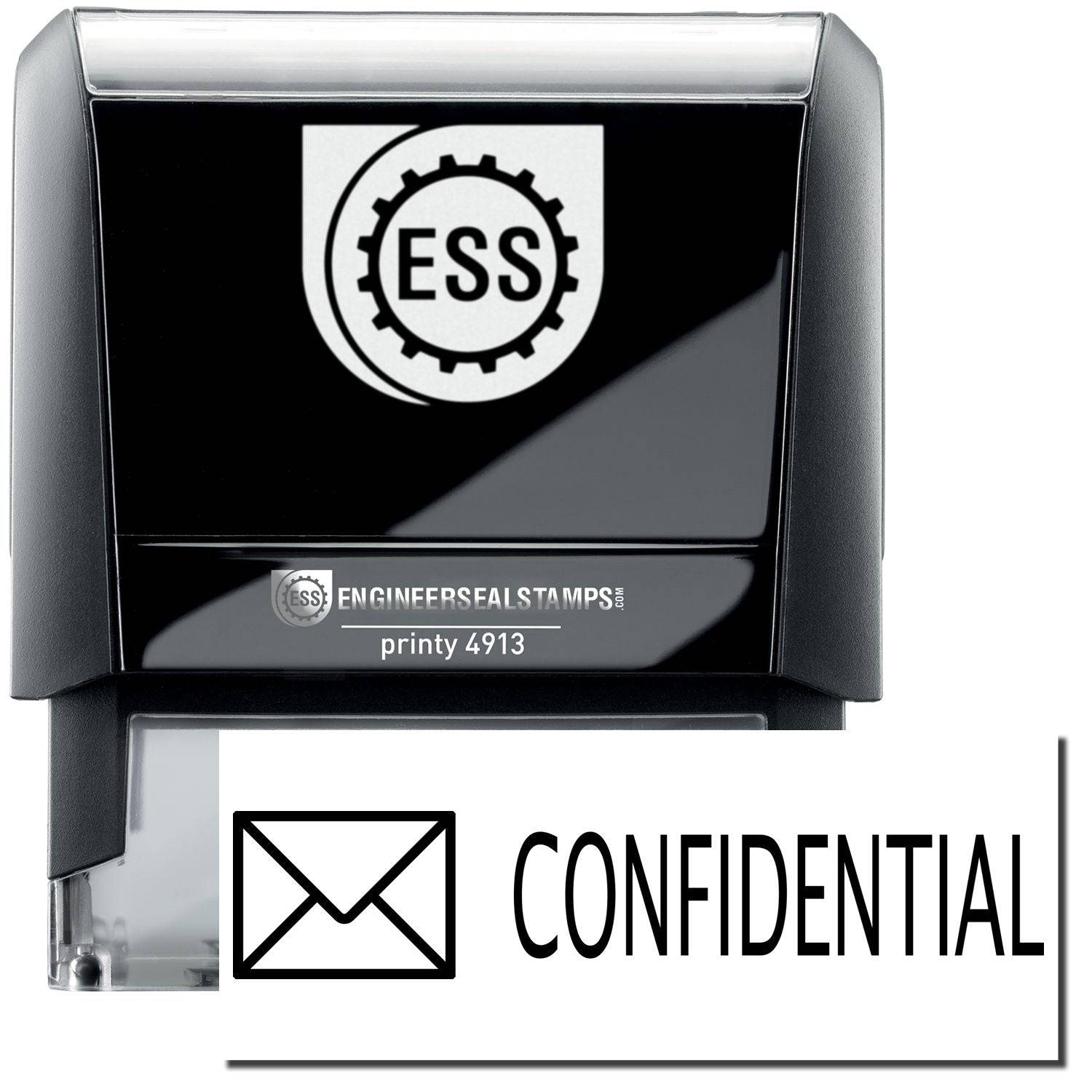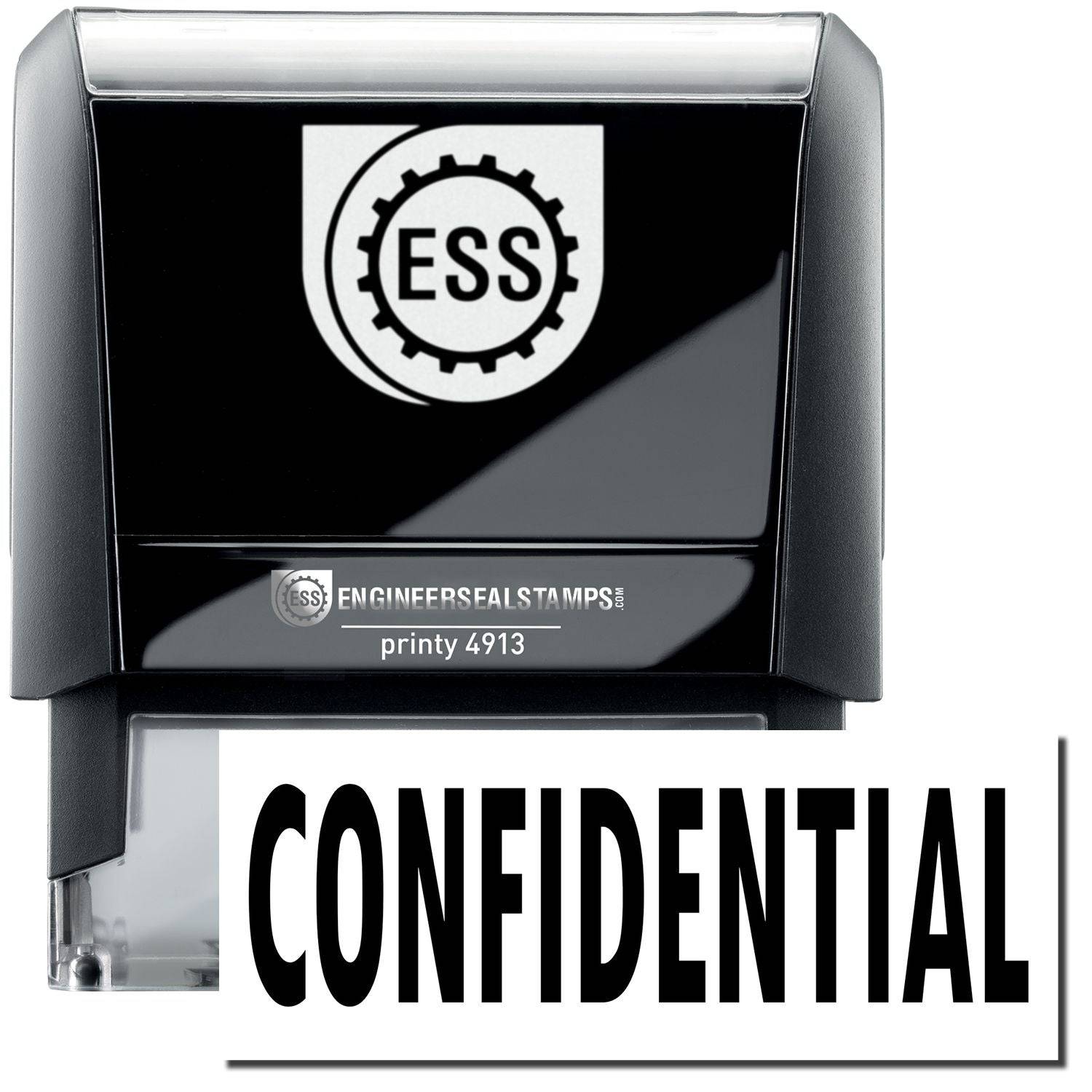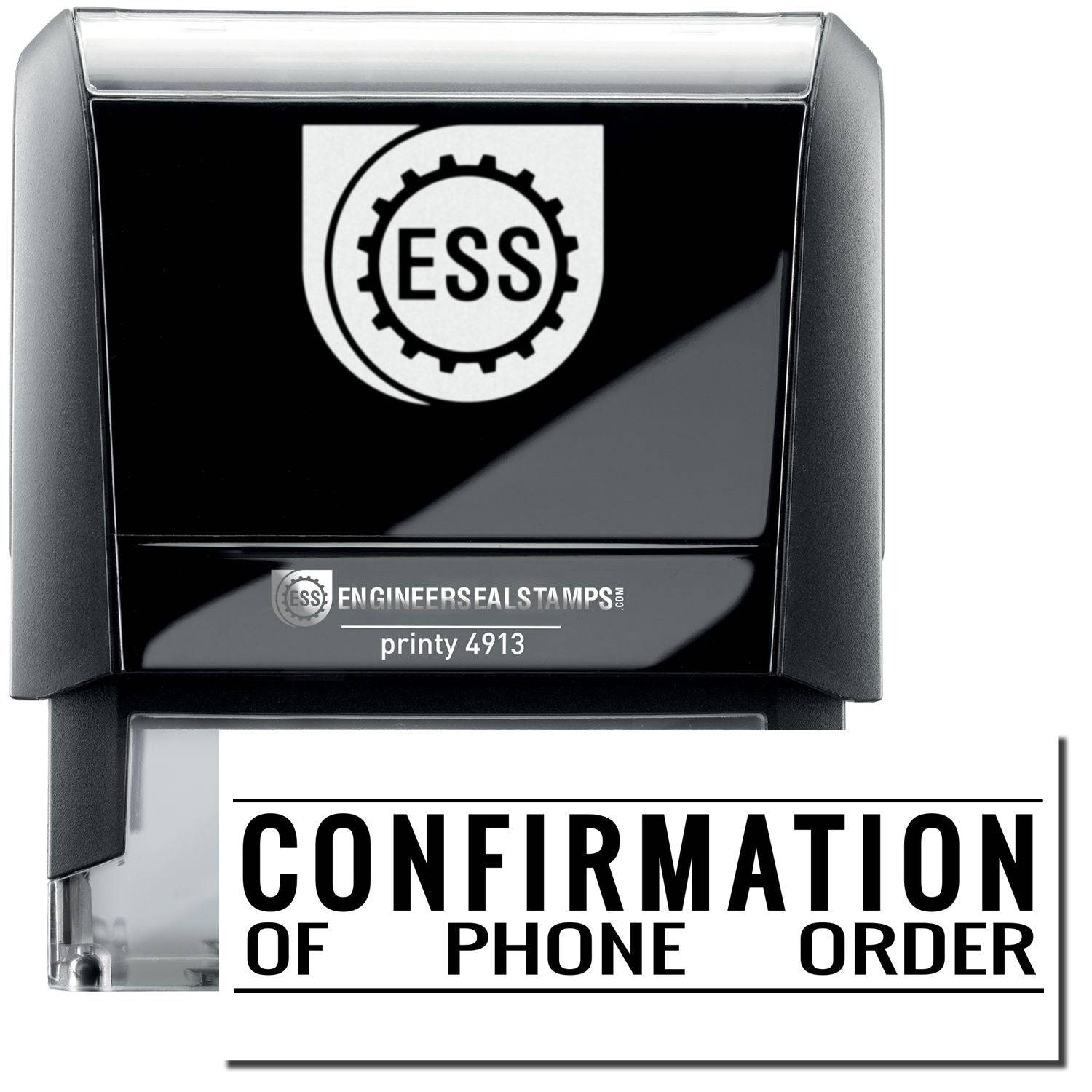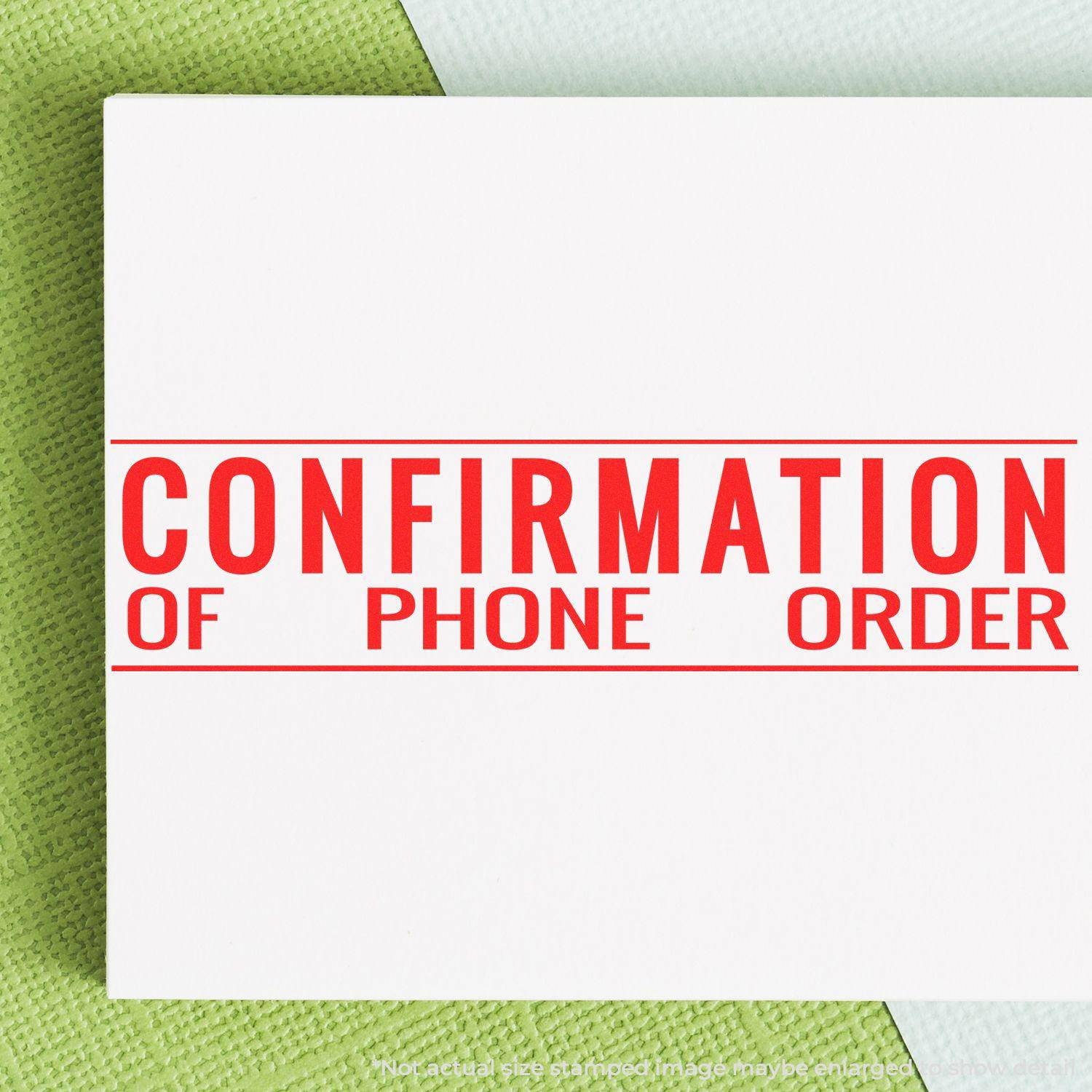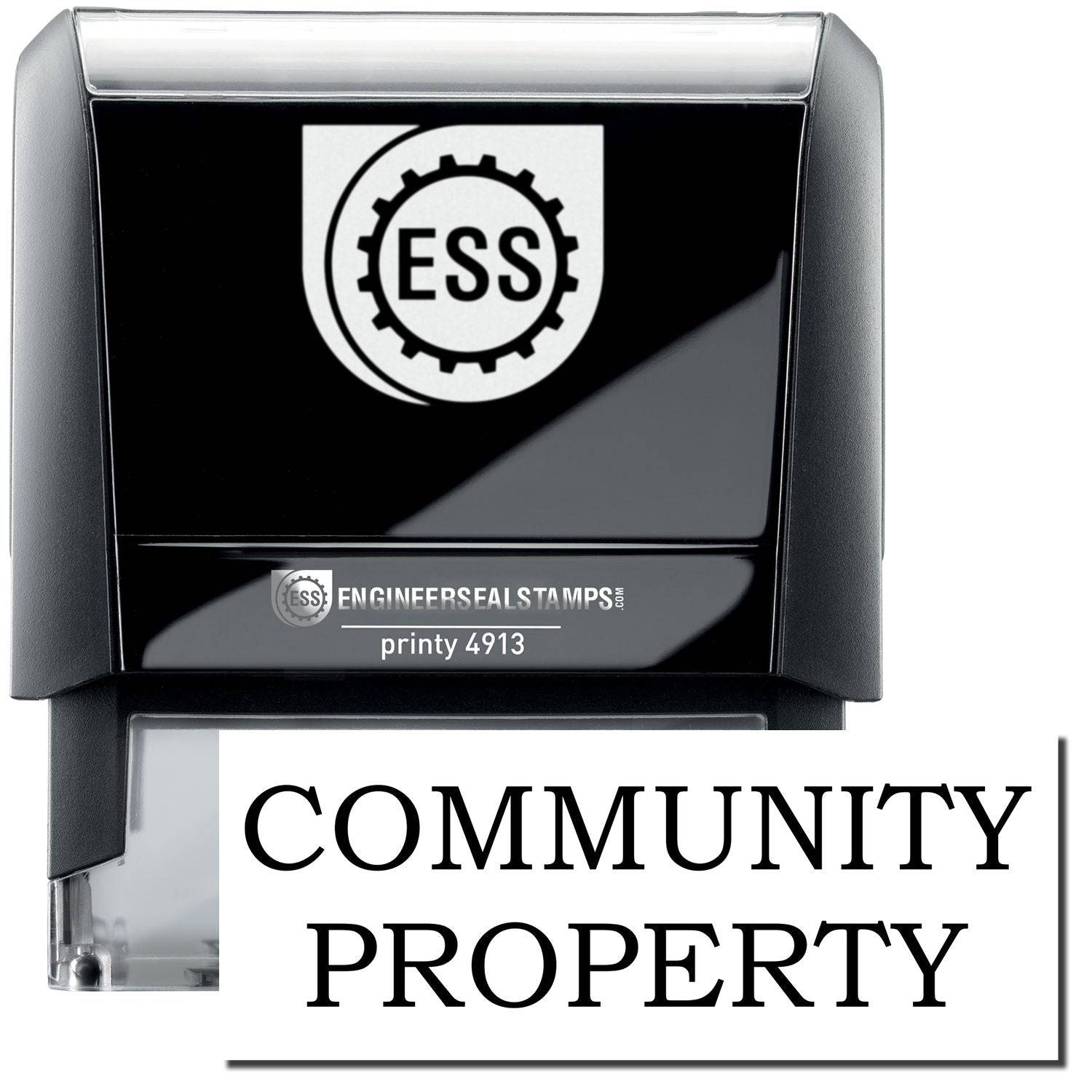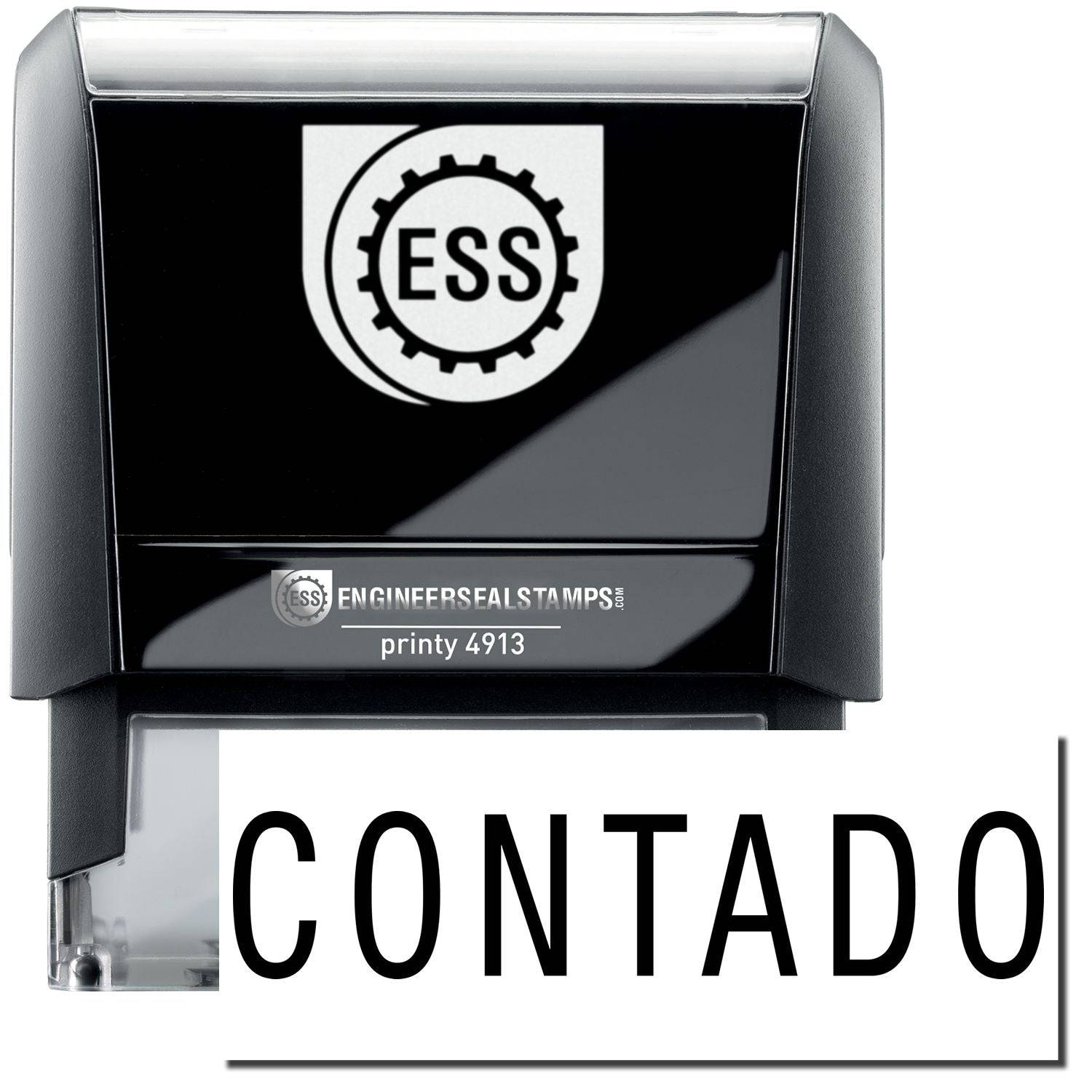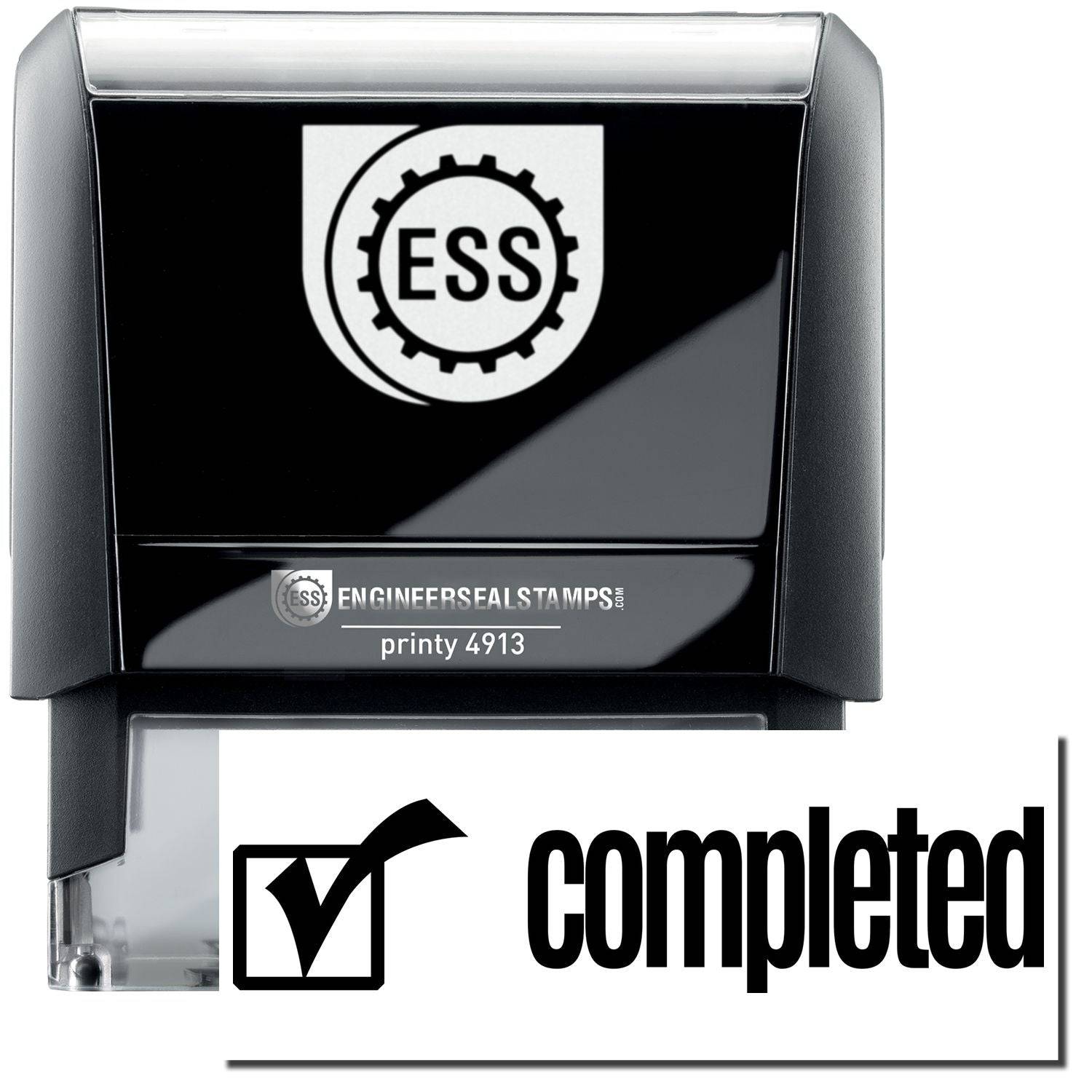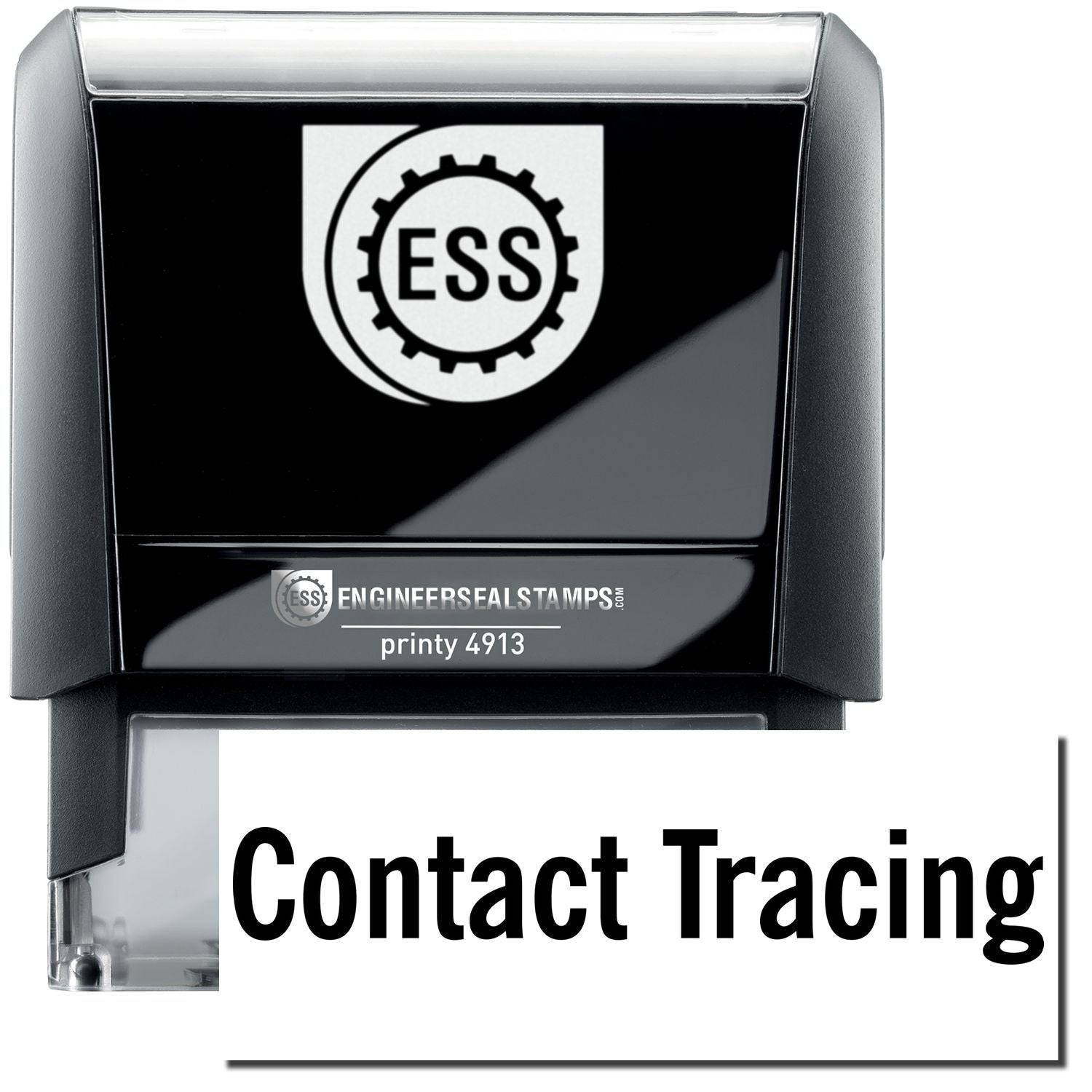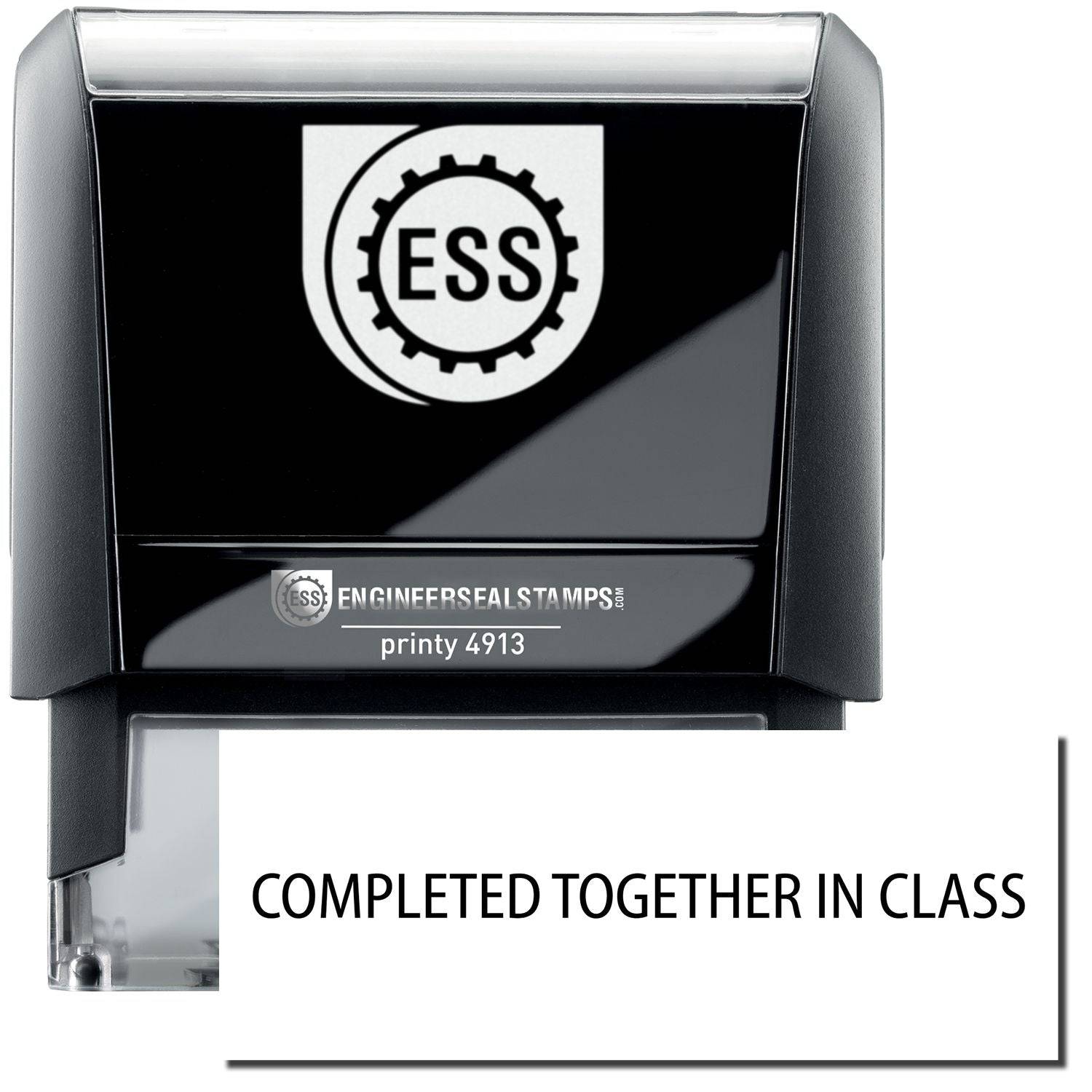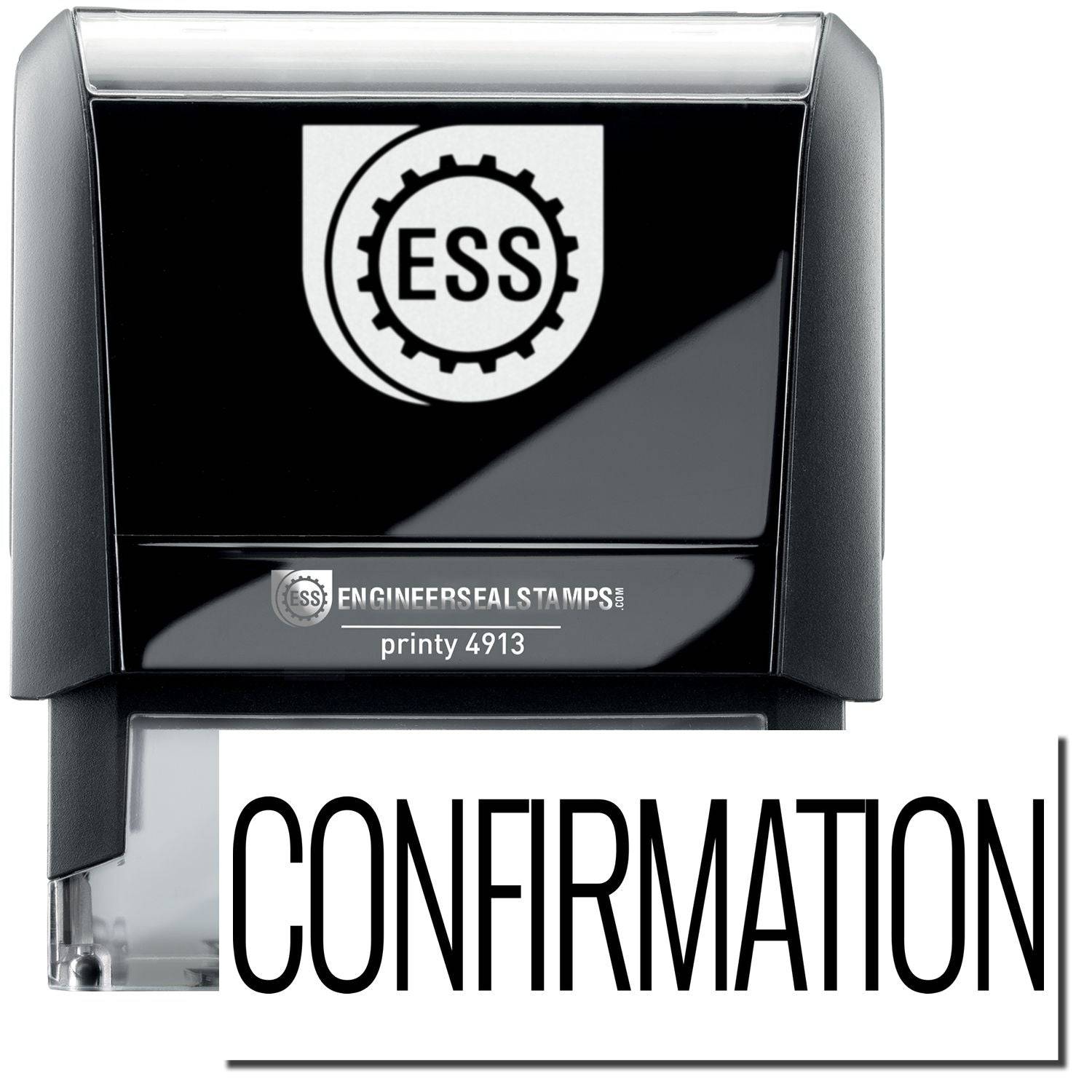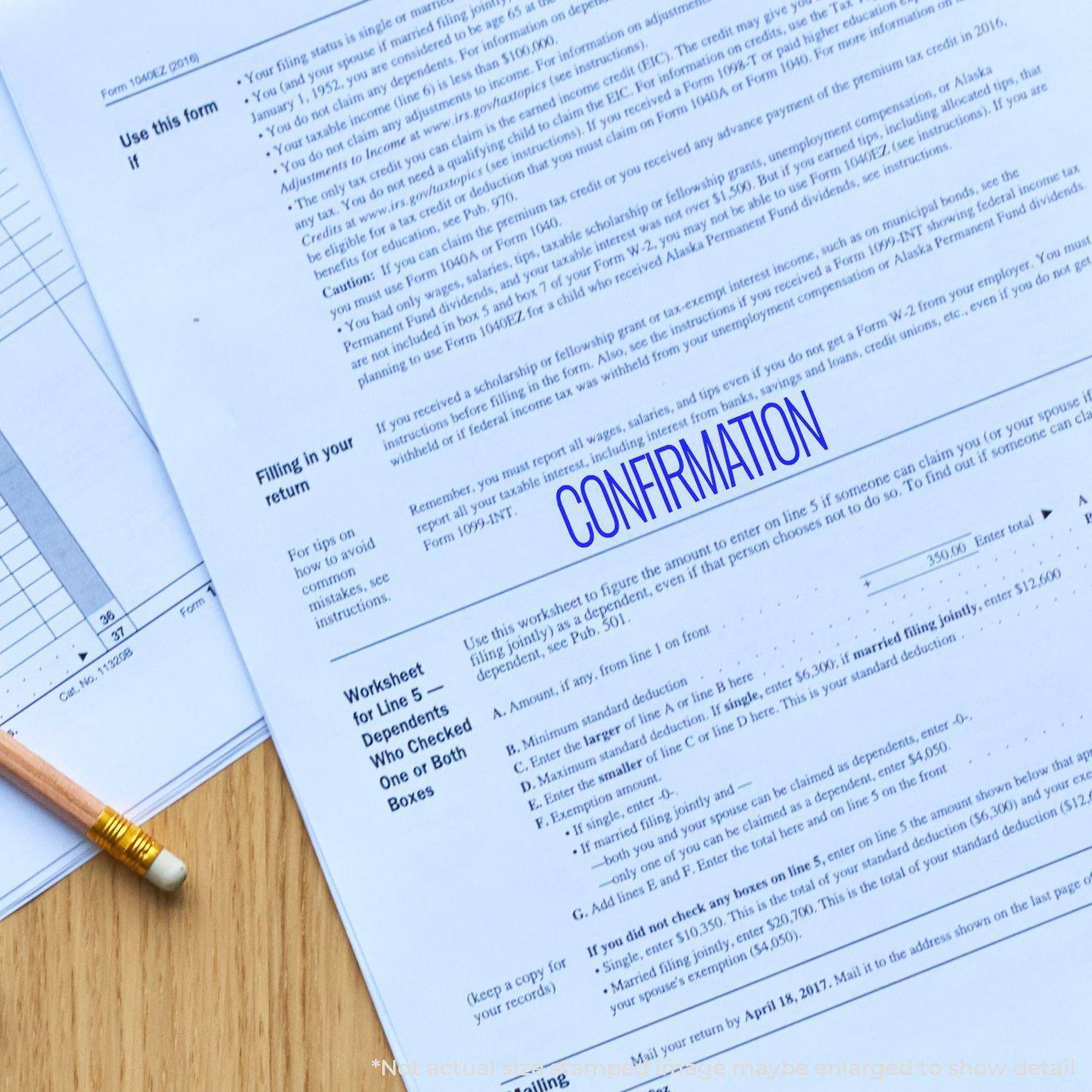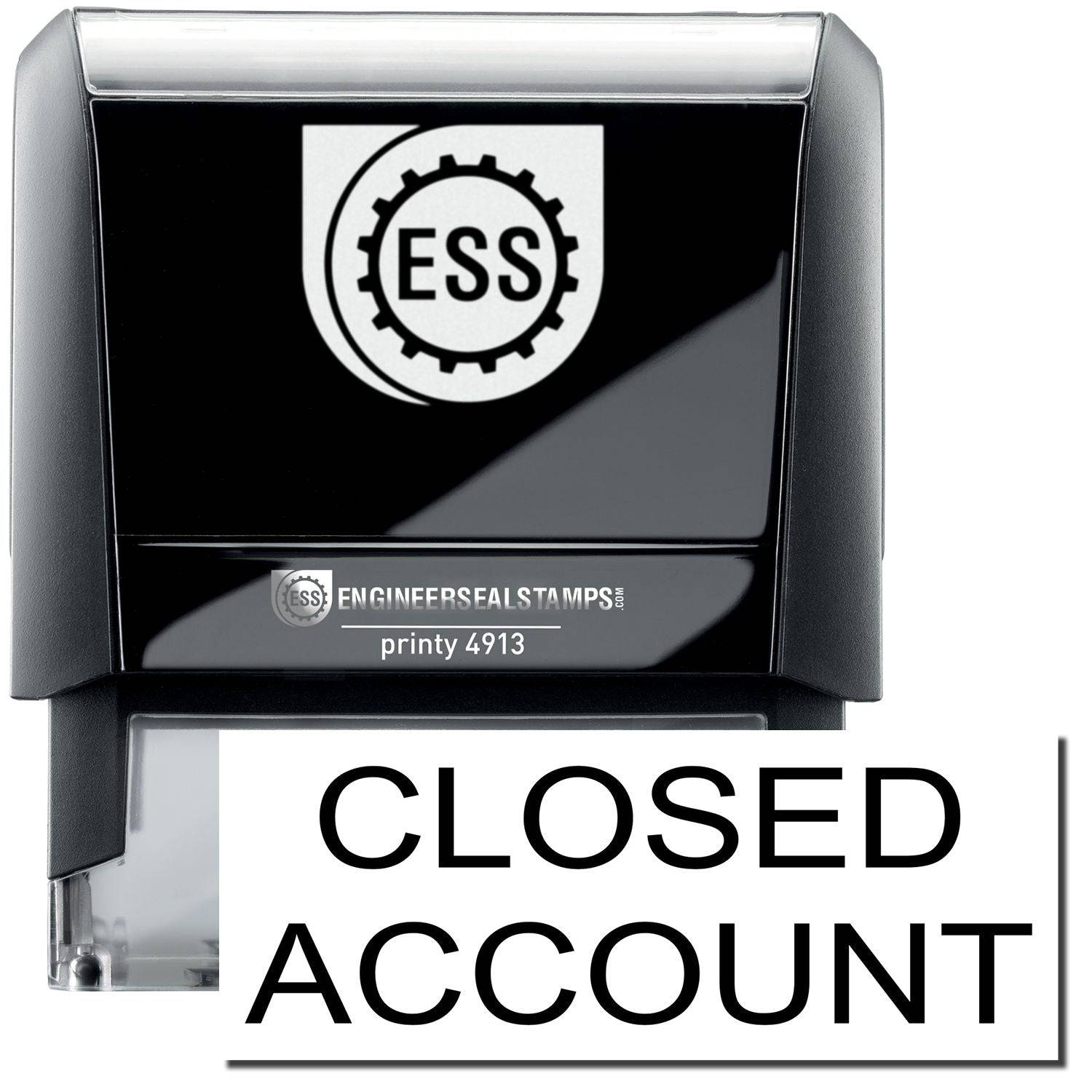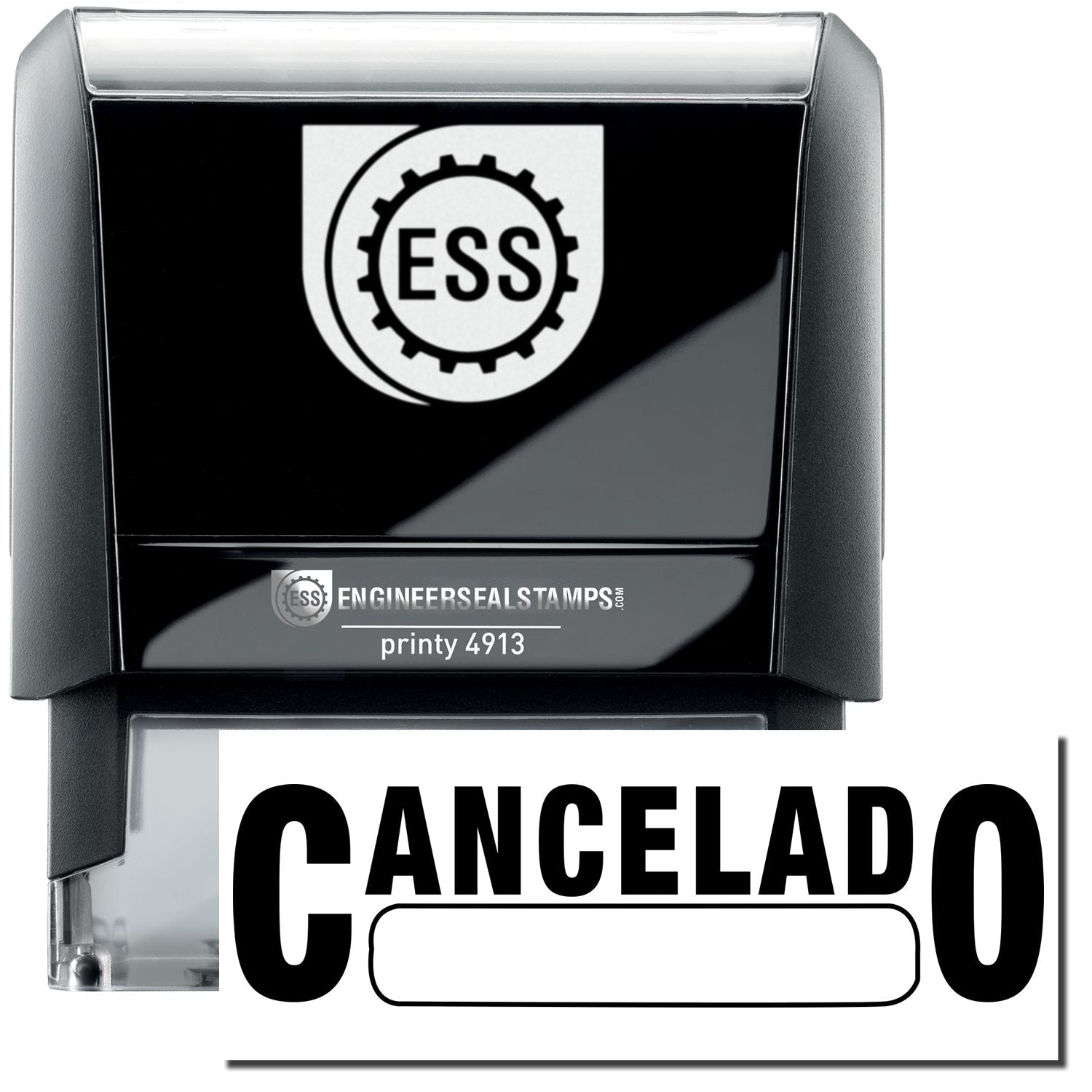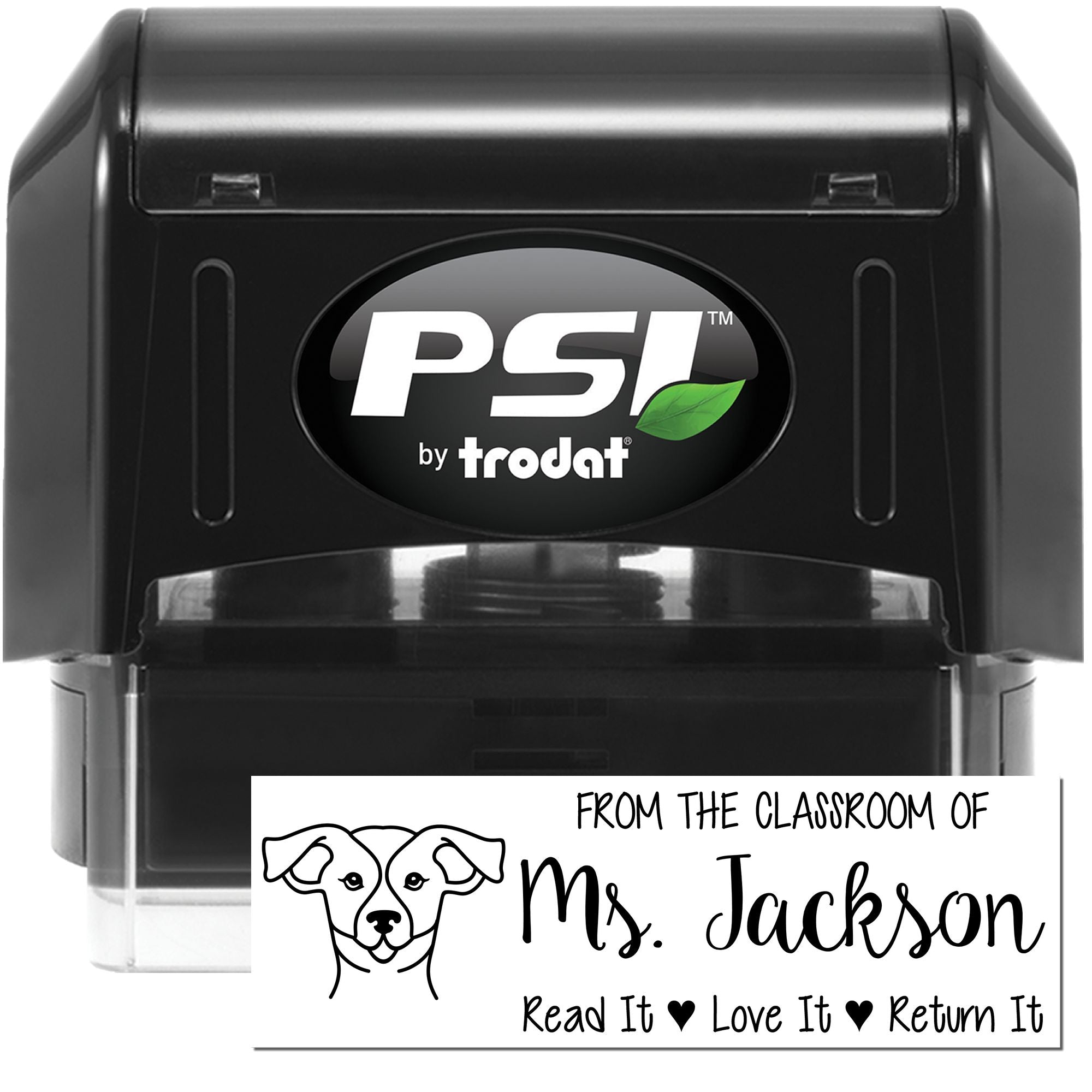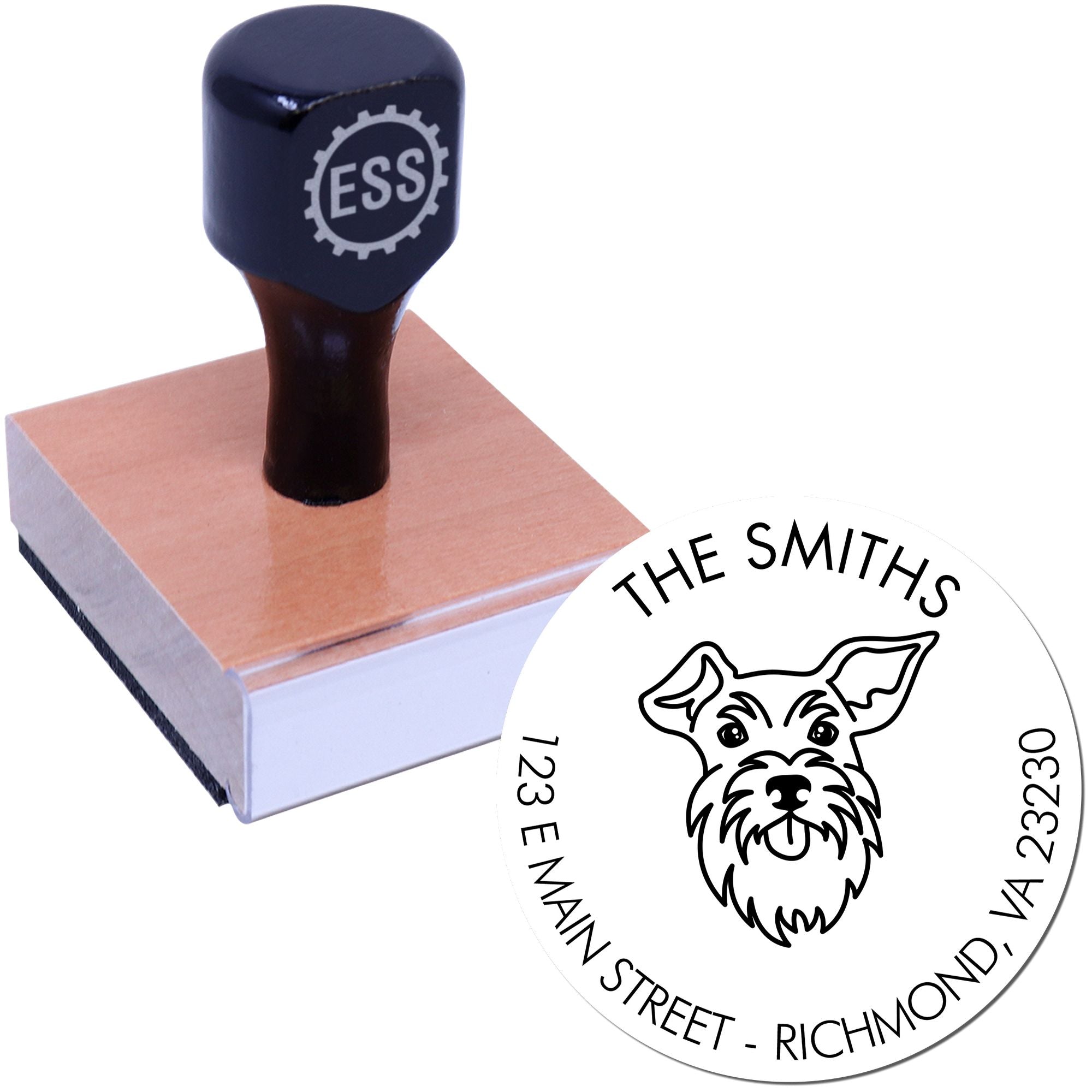The Importance of Office Stamp Maintenance
To keep your office running smoothly and maintain a professional image, it is crucial to prioritize the maintenance of your office rubber stamps. These stamps play a vital role in various business processes, from marking documents with important information to streamlining paperwork. Understanding the importance of office stamp maintenance is key to ensuring their longevity and optimal performance.
The Role of Office Rubber Stamps
Office rubber stamps serve as efficient and convenient tools for repetitive tasks in the workplace. Whether it's address stamps, signature stamps, custom rubber stamps, or other types of stamps, they provide a consistent and clear way to mark important information on documents. By using these stamps, businesses can save time and effort, increase productivity, and maintain consistency in their paperwork.
Office rubber stamps are commonly used for tasks such as imprinting dates, adding logos or personalized messages, marking approvals, or indicating specific actions on paperwork. These stamps can also help in organizing files, categorizing documents, and maintaining a professional appearance in all business communications.
Benefits of Regular Stamp Maintenance
Regular maintenance of office rubber stamps offers several benefits that contribute to their longevity and optimal functionality. Here are some key advantages of incorporating regular stamp maintenance into your office routine:
-
Consistent and Clear Impressions: Over time, stamps can accumulate ink residue, dirt, or debris, leading to faded or uneven imprints. Regular cleaning and maintenance help ensure that stamps produce consistent and clear impressions, allowing for legible and professional-looking documents.
-
Extended Lifespan: Proper maintenance can significantly extend the lifespan of your office stamps. By taking care of them regularly, you reduce the risk of damage, deterioration, or malfunction. This saves your business from the cost and inconvenience of frequent stamp replacements.
-
Improved Efficiency: Well-maintained stamps perform at their best, allowing for quick and efficient completion of tasks. By avoiding issues like stuck or jammed stamps, you minimize disruptions and ensure smooth workflow in your office.
-
Preserved Ink Quality: Stamp ink can dry out or become clogged if not properly stored or maintained. By following proper ink storage techniques and preventing ink drying and clogging, you can preserve the quality of your stamp impressions and avoid the need for excessive re-inking.
-
Professional Image: Consistently clear and professional-looking stamp impressions contribute to a positive image for your business. By maintaining your office stamps, you can present a polished and organized appearance in all your official documents.
To learn more about specific maintenance techniques and troubleshooting common stamp issues, continue reading our articles on office stamp cleaning and troubleshooting common stamp issues. Implementing a regular maintenance routine and considering professional stamp refurbishing options can help you extend the lifespan of your office stamps and ensure their optimal performance.
Cleaning Your Office Stamp
To ensure the longevity and optimal performance of your office stamp, regular cleaning is essential. By following basic cleaning techniques and using the right cleaning supplies, you can maintain the quality of your stamp impressions and extend the lifespan of your stamp.
Basic Cleaning Techniques
Cleaning your office stamp is a straightforward process that can be done with a few simple steps:
- Start by removing any excess ink from the stamp. Gently tap the stamp on a clean piece of paper or use a dry cloth to blot away the excess ink.
- Next, dampen a lint-free cloth or sponge with water or a mild soap solution. Make sure the cloth is not too wet, as excessive moisture can damage the stamp.
- Gently wipe the stamp surface using the damp cloth. Be careful not to press too hard, as this can distort the stamp design or damage the rubber.
- For stubborn ink residue, you can use a stamp cleaner specifically designed for rubber stamps. Apply a small amount of the cleaner to a clean cloth and gently rub the stamp surface.
- After cleaning, use a dry cloth or paper towel to remove any moisture from the stamp. Allow it to air dry completely before storing or using it again.
Choosing the Right Cleaning Supplies
When cleaning your office stamp, it's important to use the right cleaning supplies to avoid damaging the stamp material. Here are a few recommended options:
- Water: Water is a safe and effective cleaning agent for most office stamps. Use distilled or filtered water to minimize mineral deposits on the stamp surface.
- Mild Soap Solution: If your stamp requires a deeper clean, you can create a mild soap solution by mixing a few drops of gentle liquid soap with water. Ensure that the soap is free of harsh chemicals or abrasives that can damage the stamp.
- Stamp Cleaner: Commercial stamp cleaners specifically formulated for rubber stamps can effectively remove stubborn ink stains. Look for cleaners that are safe for rubber and provide gentle cleaning action.
- Lint-Free Cloth or Sponge: Choose a soft, lint-free cloth or sponge to clean the stamp. Avoid using abrasive materials like paper towels or rough sponges that can scratch the stamp surface.
Remember, regular cleaning of your office stamp is vital to maintain clear and crisp impressions. By following these basic cleaning techniques and using appropriate cleaning supplies, you can keep your stamp in excellent condition for years to come. For more information on office stamp maintenance, check out our article on office stamp cleaning.
Preserving Stamp Ink Quality
To ensure the longevity and optimal performance of your office stamp, it's essential to focus on preserving the quality of the stamp ink. Proper ink storage and preventive measures can help prevent ink drying and clogging issues, ensuring consistent and clear stamp impressions.
Proper Ink Storage
Storing your stamp ink correctly is crucial for maintaining its quality. Here are some key tips for proper ink storage:
- Keep ink containers tightly sealed: Make sure the ink containers are tightly sealed when not in use. This prevents air exposure, which can lead to ink drying out.
- Store in a cool and dry place: Avoid storing ink containers in areas with extreme temperatures or high humidity. Optimal storage conditions help preserve the ink consistency and prevent premature drying.
- Keep away from direct sunlight: Sunlight exposure can cause ink to deteriorate and fade. Store the ink containers in a shaded area or inside drawers to protect them from UV rays.
- Follow manufacturer's instructions: Some ink types may have specific storage requirements. Always refer to the manufacturer's instructions for any special considerations.
Preventing Ink Drying and Clogging
Ink drying and clogging can hinder the functionality of your office stamp. Here are some preventive measures to keep your stamp ink flowing smoothly:
- Use the stamp regularly: Regular use helps to keep the ink flowing and prevents it from drying out. If your stamp is not used frequently, consider giving it a brief stamping motion on a scrap piece of paper to keep the ink flowing.
- Avoid excessive pressure: Apply moderate and even pressure when stamping to prevent excess ink from flooding the stamp pad. Excessive pressure can cause ink to spill, leading to a messy stamp impression and potential ink clogging.
- Clean the stamp regularly: Regular cleaning helps remove excess ink build-up on the stamp surface, reducing the risk of clogging. Refer to the section on cleaning your office stamp for detailed cleaning techniques.
- Replace the stamp pad when necessary: If you notice signs of ink drying or poor ink distribution on the stamp pad, consider replacing it with a fresh one. This ensures optimal ink transfer and prevents potential issues with stamp impressions.
By following these guidelines for proper ink storage and preventive measures, you can maintain the quality and performance of your office stamp ink. Remember to check out our article on top-rated office rubber stamps for more information on choosing the right stamp for your office needs.
Handling and Storage Tips
When it comes to office stamp maintenance, proper handling and storage practices are essential to ensure the longevity and performance of your stamps. By following some simple tips, you can keep your office stamp in optimal condition for consistent and high-quality imprints.
Handling Your Stamp with Care
Treating your office stamp with care is crucial to avoid damage and maintain its effectiveness. Here are some guidelines to keep in mind:
- Avoid excessive force: When using your stamp, apply gentle and even pressure to obtain clear and precise impressions. Exerting excessive force can lead to premature wear and tear of the stamp.
- Avoid ink contamination: To prevent unwanted ink smudges or color mixing on your stamp, be cautious when handling the ink pad. Place the stamp directly onto the pad and lift it straight up to minimize the chances of ink transfer onto unintended areas.
- Clean after use: After each use, gently wipe the stamp with a soft, lint-free cloth or a stamp cleaning pad to remove any residual ink. This helps prevent ink build-up that can affect the quality of future imprints.
Storing Your Stamp Properly
Proper storage is essential to protect your office stamp from damage and maintain its functionality. Consider the following tips for effective stamp storage:
- Store in a dry and cool environment: Moisture and extreme temperatures can damage the rubber and ink of your stamp. Store your stamp in a dry and cool area, away from direct sunlight and heat sources.
- Keep away from chemicals: Avoid storing your stamp near chemicals or solvents that may degrade the rubber or ink. Chemical exposure can cause the stamp to lose its shape, become brittle, or affect the quality of the impressions.
- Store flat or upright: Store your stamp either flat or upright to maintain its shape. Avoid stacking heavy objects on top of your stamp, as it can cause warping or distortion.
- Separate from other stamps: If you have multiple stamps, it's best to store them individually or use dividers to prevent them from rubbing against each other. This helps preserve the integrity of each stamp's design.
By handling your office stamp with care and providing proper storage, you can extend its lifespan and ensure consistent, high-quality imprints. Remember to clean your stamp after each use and store it in a suitable environment to maintain its performance. If you're interested in exploring top-rated office rubber stamps, check out our article on top-rated office rubber stamps for more information.
Troubleshooting Common Stamp Issues
Even with regular maintenance, office stamps can sometimes encounter common issues that affect stamp impressions. Understanding these issues and their potential solutions can help you troubleshoot and resolve any problems you may encounter. Here are some common stamp issues you may face:
Faded Imprints
If your stamp impressions appear faded, it could be due to various factors. One common reason is insufficient ink coverage on the stamp pad. Ensure that the ink pad is adequately saturated with ink and consider re-inking it if necessary. Additionally, check the pressure applied while stamping. Insufficient pressure may lead to faint imprints, so make sure to apply even and firm pressure when using the stamp.
Uneven or Blurry Stamp Impressions
Uneven or blurry stamp impressions can be frustrating, but there are steps you can take to address the issue. One possible cause is uneven pressure applied while stamping. Make sure to apply consistent pressure across the entire stamp for an even impression. Additionally, check the surface on which you are stamping. A flat, stable surface provides better stability and helps achieve clear and crisp impressions.
If the issue persists, examine the stamp pad. Over time, ink can accumulate on the edges of the stamp, leading to blurry impressions. Gently clean the edges of the stamp using a lint-free cloth or a soft brush. This should remove any excess ink and improve the quality of your stamp impressions.
Stuck or Jammed Stamps
Sometimes, office stamps can get stuck or jammed, making it difficult to use them effectively. If you encounter this issue, check for any debris or dried ink on the stamp's surface or in the mechanism. Clean the stamp using a mild soap solution or a specialized stamp cleaning product to remove any buildup. Ensure that the stamp is completely dry before using it again.
If the stamp is still jammed, it may be due to a damaged or misaligned mechanism. In such cases, it's best to consult a professional stamp refurbishing service to ensure the stamp is repaired properly. They can assess and fix any mechanical issues to restore the stamp's functionality.
By troubleshooting these common stamp issues, you can maintain the quality and effectiveness of your office stamp. Remember to follow proper cleaning and maintenance techniques, as discussed in previous sections, to prevent these issues from occurring in the first place.
Extending the Lifespan of Your Office Stamp
To ensure the longevity and optimal performance of your office stamp, it's important to establish a regular maintenance routine. By incorporating simple maintenance practices into your stamp care regimen, you can extend its lifespan and maintain high-quality imprints. Additionally, if your stamp requires more extensive refurbishing, there are professional stamp refurbishing options available.
Regular Maintenance Routine
Implementing a regular maintenance routine will help keep your office stamp in optimal condition. Follow these steps to maintain its performance:
- Clean the stamp regularly: Remove any ink residue and debris from the stamp after each use. Use a soft, dry cloth or a stamp cleaning pad to gently wipe the stamp surface. Avoid using harsh chemicals or abrasive materials that could damage the stamp.
- Inspect the stamp regularly: Check for any signs of wear and tear, such as cracks or loose parts. If you notice any damage, address it promptly to prevent further deterioration.
- Replace ink pads: If you have a self-inking stamp, regularly check the ink pad and replace it when it becomes dry or worn-out. This ensures consistent and clear imprints. Refer to our article on office stamp ink pads for more information.
- Store the stamp properly: When not in use, store the stamp in a clean and dry environment. Avoid exposure to extreme temperatures or direct sunlight, as these can affect the integrity of the stamp material. Proper storage helps prevent unnecessary damage and extends the lifespan of the stamp. Learn more about office stamp storage for effective storage tips.
Professional Stamp Refurbishing Options
If your office stamp requires more extensive refurbishing, professional services can help restore its functionality and appearance. These services often include:
- Stamp cleaning and restoration: Professional stamp refurbishing services can thoroughly clean and restore your stamp, removing ink buildup and restoring its original condition.
- Stamp pad replacement: If you have a self-inking stamp, professionals can replace the ink pad with a new one, ensuring smooth and consistent ink transfer.
- Stamp repair: In the case of damaged stamps, professionals can repair cracks, replace loose parts, and address any other issues affecting the stamp's performance.
When considering professional stamp refurbishing, research and choose a reputable service provider to ensure high-quality results. It's important to weigh the cost of refurbishment against the potential benefits and lifespan extension of your office stamp.
By adhering to a regular maintenance routine and considering professional refurbishing options when necessary, you can maximize the lifespan of your office stamp and maintain crisp, clear imprints. Remember, a well-maintained stamp is an essential tool for efficient document management and professional image.
About ESS
At Engineer Seal Stamps, we take pride in our expertise in creating custom rubber stamps, professional seals, and notary stamps that cater to the unique needs of engineers. Our company's commitment to delivering exceptional customer service has earned us a stellar reputation within the industry. Our team consists of highly skilled professionals with extensive knowledge in the stamp-making process, ensuring that each product we create meets the highest standards of quality.
We understand the importance of trust and confidence in our products, which is why we offer a state board guarantee on all our stamps. Our guarantee ensures that our stamps are compliant with state regulations, giving our customers peace of mind when it comes to their legal requirements. Additionally, we offer a quick turnaround on our products, ensuring that our customers receive their stamps in a timely manner, regardless of their location.
At ESS, we prioritize our customers' needs and go above and beyond to ensure their satisfaction. We take pride in our personalized approach to customer service, as we work with each customer to create a custom stamp that perfectly fits their needs. As a result, our customers can trust that they are receiving a stamp that not only meets their legal requirements but also represents the uniqueness of their profession. Overall, at Engineer Seal Stamps, our commitment to exceptional customer service, quality products, and quick turnaround sets us apart within the industry. We take pride in our work and strive to exceed our customers' expectations in every aspect of our business.




